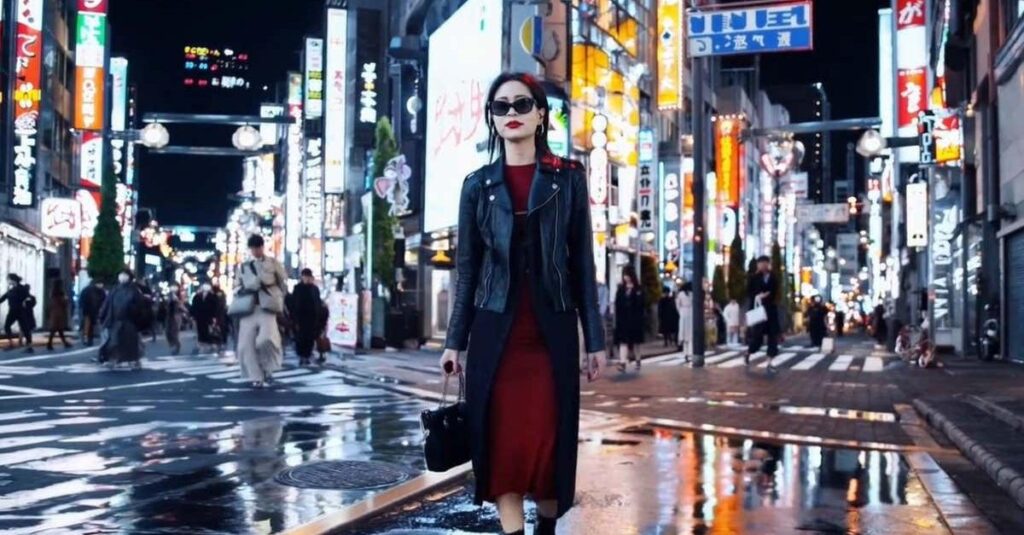In the rapidly evolving world of AI, one of the most exciting developments is the ability to generate videos from text prompts. This technology, known as text-to-video synthesis, is revolutionizing the way we create and consume video content. At the forefront of this revolution is Sora, an innovative AI model developed by OpenAI. But what exactly is Sora, and how does it work? In this article, we’ll delve into the intricacies of Sora and explore its capabilities.
Moreover, we’ll also introduce you to AI-Video-Editor, a comprehensive directory of AI video editing tools. Whether you’re looking to convert text to video, transform a blog into a visual story, generate scripts, convert PowerPoint presentations into videos, or find a specialized AI video editor for platforms like YouTube or TikTok, AI-Video-Editor has got you covered. Let’s embark on this journey to discover how AI is reshaping the landscape of video content creation.
Understanding Text-to-Video Synthesis
Text-to-video synthesis is a complex task that requires the AI model to comprehend the meaning and context of the text, as well as the visual and physical aspects of the video. For instance, the model needs to understand what objects and characters are in the scene, their appearance, their movements, their interactions, and how they are affected by the environment.
Sora, as an AI model, is designed to handle these complexities. It uses advanced machine learning algorithms to interpret the text and generate a corresponding video. The model is trained on a vast dataset of videos and their corresponding descriptions, enabling it to understand the relationship between text and visual content.
How Does Sora Work?
Sora is based on a deep neural network, a type of machine learning model that can learn from data and perform complex tasks. It uses a large dataset of videos that it has learned from, covering various topics, styles, and genres.
Sora works by taking a text input from the user and processing it through its trained model. The model breaks down the text into smaller components, understanding the context, the characters, the actions, and the environment described in the text.
Once the text is fully understood, Sora starts the process of video generation. It uses its training data to create a visual representation of the text, generating a video that accurately reflects the described scene. The final output is a video that visually narrates the text input.
Sora also uses a technique called style transfer, which allows it to modify the appearance and feel of the video according to the user’s preferences. For example, if the user wants a video with a cinematic style, shot on 35mm film, and with vivid colors, Sora can apply these effects to the video, changing the lighting, color, and camera angles.
Sora can generate videos with resolution up to 1920×1080, and up to 1080×1920. It can also create videos based on a still image or extend existing footage with new material. For example, if the user provides a still image of a forest, Sora can animate the image and add elements such as animals, birds, or people. If the user provides a video of a car driving on a road, Sora can extend the video and add elements such as traffic, buildings, or scenery.
Importance and Applications of Sora
Sora is a significant advancement in the field of AI and video generation, as it demonstrates a deep understanding of language, visual perception, and physical dynamics. It also showcases the potential of AI to create engaging and immersive content for various purposes, such as entertainment, education, art, and communication.
Some possible applications of Sora are:
- Creating movie trailers, short films, animations, and documentaries from text scripts.
- Enhancing existing videos with new elements, such as adding special effects, changing the background, or inserting new characters.
- Generating educational videos from text summaries, such as explaining scientific concepts, historical events, or cultural phenomena.
- Creating personalized videos for social media, such as birthday greetings, travel diaries, or memes.
- Visualizing ideas, scenarios, and dreams from text descriptions, such as designing a product, imagining a future, or exploring a fantasy world.
Challenges and Limitations of Sora
Despite its impressive capabilities, Sora is not without its challenges and limitations. Some of these include:
- Sora is not publicly available, and it is only accessible to a small group of researchers and creative professionals for feedback and testing.
- OpenAI has not announced when or how it will release Sora to the general public, or what the pricing and licensing model will be.
- Sora is subject to OpenAI’s terms of service, which prohibit the use of the model for creating content that involves “extreme violence, sexual content, hateful imagery, celebrity likeness, or the IP of others”.
- Sora may generate inaccurate, inappropriate, or harmful content, such as misrepresenting facts, violating privacy, or promoting bias.
- Sora may not be able to handle complex or ambiguous prompts, such as those that involve multiple sentences, logical reasoning, or abstract concepts.
Exploring More Text-to-Video AI Tools

While Sora is a remarkable tool for text-to-video synthesis, there are many other AI tools available that offer similar capabilities. AI-Video-Editor is a directory site where you can find over 100+ AI video generators and editors.
In conclusion, Sora and other text-to-video AI tools are revolutionizing the way we create video content. They offer a quick, efficient, and cost-effective way to transform text into engaging and visually appealing videos. Whether you’re a content creator, a marketer, or a business owner, these tools can help you create high-quality videos with minimal effort.
